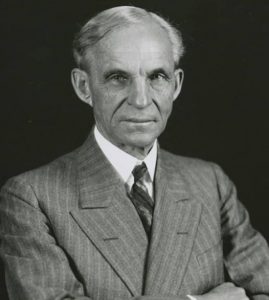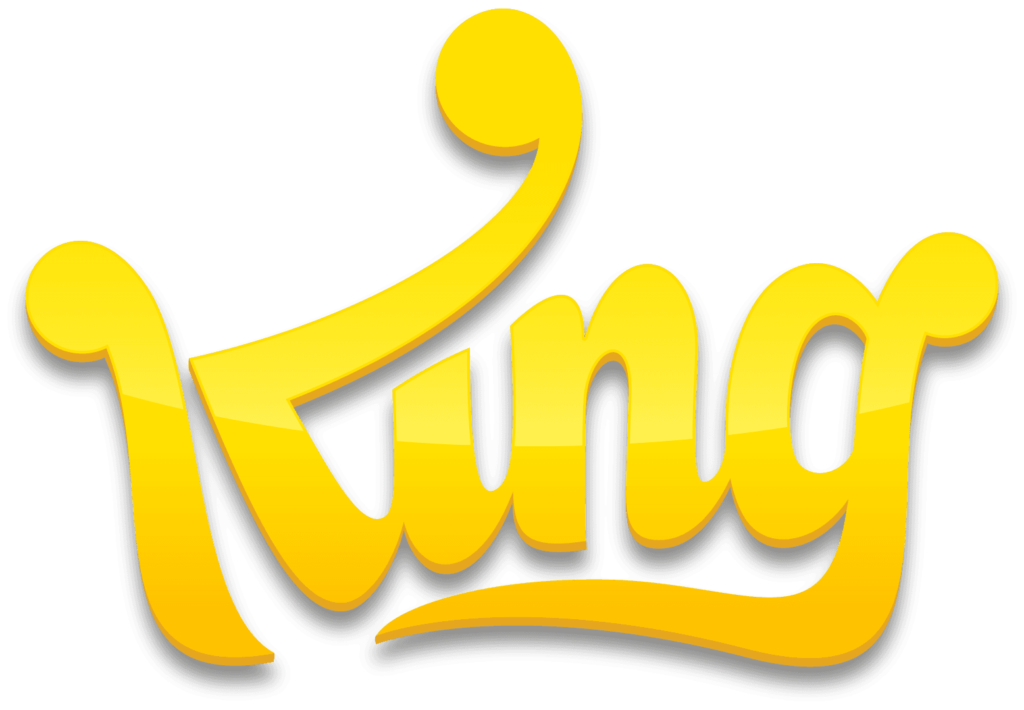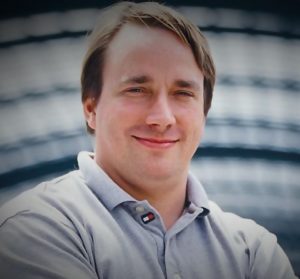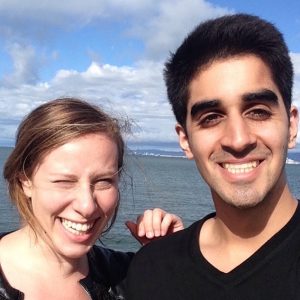Henry Ford : The Founder of Ford Motor Company
“Follow your passion. Following your passion will lead you to the road of success.” the most common saying that we hear today. But how many of us have the courage to do that? Only a few are there who recognise their passion and pursue it to find self-satisfaction. One such prominent personality was Henry Ford, the founder and the first chief engineer of Ford Motor Company. Henry’s passion was his love for the machines, and his passion gave inspiration to many, as his only interest led him to build an empire which is one of the biggest automobile manufacturers, today.
Early Life
Henry Ford was born on 30 July 1863, in Greenfield Township, Michigan, in a farmer’s family. His fathers family belonged to England, and his mother’s parents had moved from Belgian to Michigan. In his early childhood, he was introduced to many types of machinery used in farming, and the time he became a teenager, he became more interested in the machinery repair work than farming. He used to dismantle and repair the timepieces and became a pro at it.

His love for machines led him to move to Detroit and join the James F. Flower & Bros. as an apprentice machinist. Later, he joined the Detroit Dry Dock Co. at the same position.
Though he was never interested in farming, he had to move back to his hometown to work on his family farms. Here too, except the farming work, he was more involved in the other machinery work. In the same time, he learned to operate the Westinghouse portable steam engine and was appointed by Westinghouse to service their steam engine.
Career
As Henry was always interested in working with the machines, with his interest he had developed great skills, too. In 1982, to pursue his dream career he started working with the Edison Illuminating Company of Detroit as an engineer. Within two years, he was promoted as the Chief Engineer in the company. He had gained enough experience and was earning good money too, so he started experimenting with his own projects and was able to build a self-propelled vehicle naming it the Ford Quadricycle.
On 5 August 1899, Henry founded Detroit Automobile Company and launched another vehicle financed by Detroit-based businessperson William H. Murphy. Since the company could not provide the best quality of vehicles, the company was shut within two years of its inception, in January 1901.
In the month of October the same year, Henry built another 26-horsepower automobile. The vehicle was of high quality and encouraged the shareholders of the Detroit Automobile Company to invest in another newly built company named Henry Ford Company, established on 30 November 1901, where Ford became the chief engineer. But in the very next year, due to some dispute, Henry left the company.
Leaving the company did not stop Henry from manufacturing vehicles, and in 1902, he, with the help of former racing cyclist Tom Cooper, manufactured the 80+ horsepower racer “999” that participated and won a race, in the same year.
Founding Ford Motor Company
The success of “999” was enough to attract more investors, and that is what happened next. Alexander Y. Malcomson partnered with Henry to form Ford & Malcomson, Ltd. to manufacture an inexpensive automobile. Soon, other investors including Dodge Brothers also partnered with Henry and Malcomson, and they incorporated the company as Ford Motor Company, on 16 June 1903, with a capital of $28,000. The next model from the company set a new land speed record at 91.3 miles per hour that drove on the ice of Lake St. Clair.
It was the race driver Barney Oldfield who became the most important person in terms of marketing of the cars produced by the company, as he drove the “999” around the country.
The next popular model that the company produced was the T model, having a cost of around $825 (1908). It was the first car model that had steering on the left, and the engine and other machine parts were enclosed under the metal covers. The design was impressive, and various other companies copied the design.
In 1914, the recorded sales passed 250,000 units, and in 1916, sales reached 472,000. In 1927, the final total production of the T model was 15,007,034, which set a record that stayed for the next 45 years.
By the year 1918, Henry acquired the sole ownership of the company. The next hit model that the company produced was the model A, introduced in December 1927.
Henry was not only a visionary inventor but was also an excellent entrepreneur. He tried to get everything under one-roof and tried to avoid any kind of dependence on any other company. He had established an empire where he could manufacture the products from scratch. He always supported the economic independence of the United States.
In 1911, he established the first two international Ford plants in Britain and Canada, followed by the establishment of the other plants in Germany, Australia, India, and France, by the year 1920.
During the first World War Henry also invested in the aviation industry and built the most successful aircraft, the Ford 4AT Trimotor. The company also acquired the Stout Metal Airplane Company. In 1927. The Smithsonian Institution has honoured Ford for changing the aviation industry. In 1933, the aviation wing of the Ford Company was shut down due to the sales issues.
During the war, Henry was one of the 170 peace leaders who were against the war and was making efforts to stop it. In the second World War, too, he opposed America’s participation in the war.
After the death of his son Edsel Ford, in May 1943, who was also serving as the President of the company, the company started facing a kind of decline. Henry had left the Presidency over twenty years ago, and due to his son’s death, he reconsidered to regain the post. Although due to his health issues, there were only a handful of people who wanted him to take the position, he was chosen with majority votes as the President of the company. But due to bad health, he appointed his grandson Henry Ford II, as president and the company was back on the track.
Personal Life & Death
Henry had married Clara Jane Bryant on April 11, 1888, and had a son Edsel Ford, who later became the President of the Ford Motor Company.
Henry ran as a Democrat for the United States Senate from Michigan in 1918 but lost to the Republican candidate, Truman Newberry with a small margin.
He also took immense interest in the car racing and manufactured cars, especially, to compete in various races. He himself, too, participated in a few car races.
On 7 April 1947, he died of cerebral haemorrhage at Fair Lane at the age of 83.
Ford Henry will always be remembered for his contribution to the automobile industry and the leadership qualities that he possessed. He was a great inventor, and his story is a motivation for many.

Yashica is a Software Engineer turned Content Writer, who loves to write on social causes and expertise in writing technical stuff. She loves to watch movies and explore new places. She believes that you need to live once before you die. So experimenting with her life and career choices, she is trying to live her life to the fullest.







